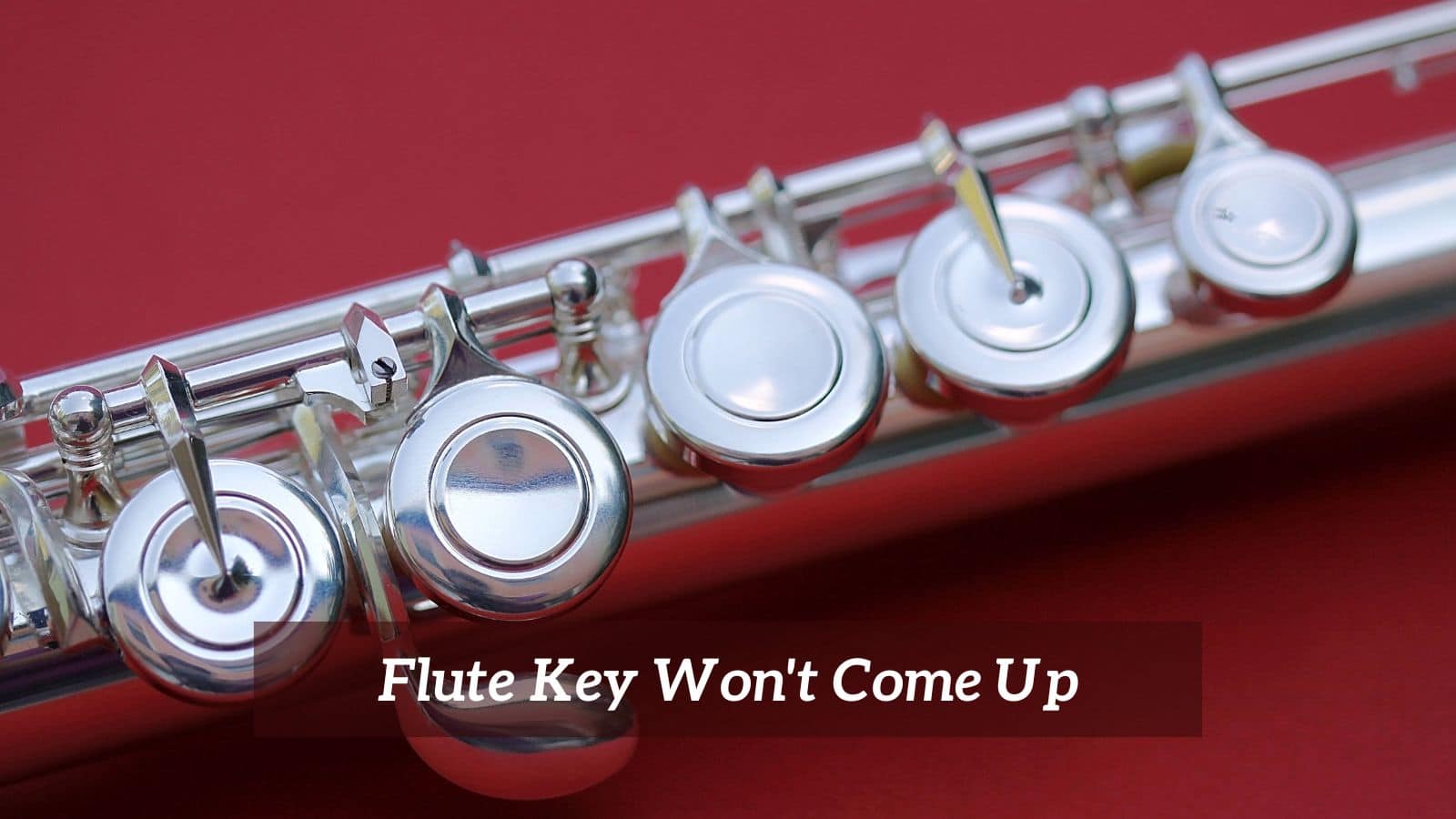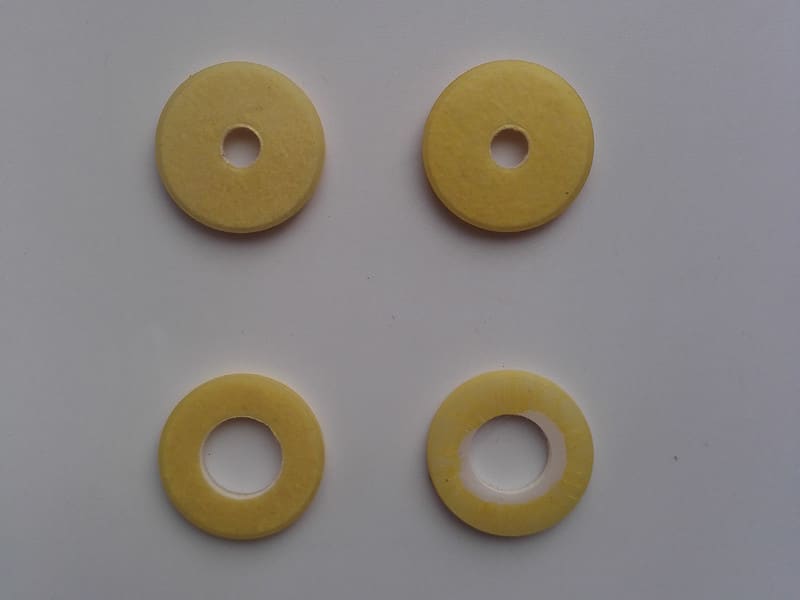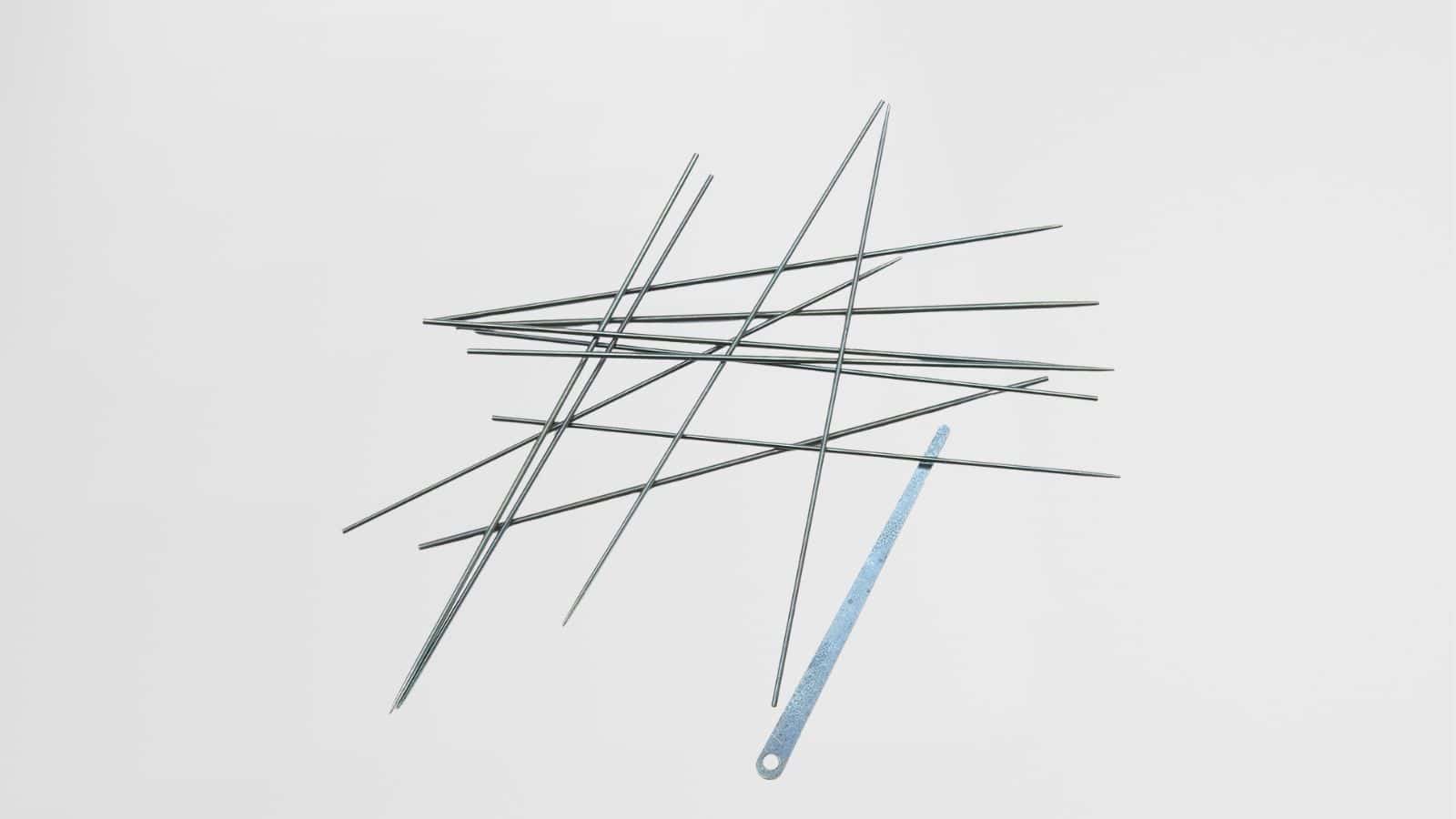
Like all instruments, flutes can sometimes have maintenance problems. It’s never fun when your flute doesn’t play the way you want it to, especially if it happens right before a big performance or audition (and it always seems to).
It can be daunting to look at the instrument with all its screws, rods, springs, pads, and keys and not know where the problem is coming from or how to fix it. A common issue is when a key is stuck and won’t properly rise with its corresponding fingering.
While it is usually best to go to a professional unless you have a strong understanding of the mechanisms of the flute and the appropriate tools, below are some potential causes and solutions to this predicament.
Flute Key Won’t Come Up
Flute pads are sticking
One common cause of a key not coming up is a sticky pad. A flute pad goes under the key and helps seal the key to the body of the flute when pressed down, keeping out the air and helping the note speak properly.
In order for the flute to work properly, all the pads must be in good working order. If they are ripped or leaking, which means that they are not sealing properly and “leaking” air, the note will not sound full or complete.
But pads can also simply become “sticky.” Sometimes this means that the key will stick to the body of the flute and not come up at all, but other times the problem will be less severe and there will simply be a delay in rising or a sticking sound that can be heard every time the key is released.
This can happen when dirt gets on the pad, which can easily happen from skin contact, the case not being clean, or being exposed to particles in the air. It can also happen with extreme changes of temperature or humidity.
Luckily, it is easy to fix a sticky pad. Traditionally, flutists use cigarette paper, which can easily be found online, in gas stations or grocery stores, and in smoke shops.
You can take a piece of this paper, dot it with a small amount of lighter fluid, and hold this under the key with the key fully closed. You should move the paper slightly, but not completely slide it out, as this will likely damage both the pad and the paper.
After cleaning up any remaining residue from the lighter fluid, try playing the flute normally. If the problem is only a sticky pad, it should be resolved.
More recently, flutists have also taken to using pad paper, which can be used the same way, but without needing any lighter fluid, as powder is used instead.
Issues with the spring
The flute is full of tiny silver wires called springs, so small that one might underestimate their importance.
However, each key has its own spring which will help open or close it when the appropriate fingerings are used, making them essential for playing the instrument. If the springs aren’t situated correctly, problems begin to occur.
The issue could be that the spring is too loose or tight. If the spring is too loose, the key will often not open all the way. It will often hover somewhere between open and closed, making the pitch less clear.
Conversely, if the spring is too tight, the pressure needed to close the key will be too great, preventing the proper pitch from sounding.
Another potential issue is that the spring has been dislodged from its resting point. There is a tiny hold where the spring should click in place. If the spring pops out of that holding place, the keys will not move properly.
In both of these cases, a small screwdriver can be used to adjust the spring, whether that means tightening it, loosening it, or popping it back into its place.
This should only be done if you can clearly see which spring is the issue and feel confident in your knowledge of the flute. Sometimes there are multiple springs close together or springs buried under multiple rods, which can be hard to reach.
If someone attempts to adjust keys without proper expertise, it is possible to worsen the problem by causing other parts of the instrument to fall out of place. It is always safest to take the flute into a professional; these will be quick and inexpensive fixes.
In rare cases, the spring may be completely broken. This generally happens when the flute has been dropped or severely jostled in its case. There is no way to fix a broken spring other than replacing it.
This will need to be done by a professional, and while it will be more costly than a spring that is simply out of position, it shouldn’t be an exorbitantly high cost.
If the spring isn’t broken but you are aware that the flute has been dropped or possibly otherwise damaged, make sure to check for a bent mechanism. This will also sometimes result in a key failing to open or close, and must also be fixed by a professional.
The flute is out of adjustment
Sometimes the answer to why a key isn’t coming up is less obvious. For instance, there are several fingerings that cause additional keys to be pressed down other than the ones that the fingers are directly applying pressure to.
The flute could be out of adjustment, which would mean that the key in question might appear to be functioning normally at times, but won’t open or close for certain notes – or if it does, it may be out of sync.
In this situation, the adjustment will need to be fixed. This is not something that should be done at home; it must be taken to a professional.
Some preventative measures
Though maintenance issues can never be completely avoided and sometimes accidents happen, there are several things you can do to avoid problems like a key failing to open.
First, take care of your flute by washing your hands before playing, cleaning the flute thoroughly after each use, and storing it in its case indoors. This will prevent excess dirt from getting into the flute and making the pads stick.
Then, make sure you take your flute to a maintenance professional at least once per year so they can professionally clean, oil, and adjust it.
Doing this will cost some money, but will save you time, panic, and expenses in the long run as it will keep your flute in excellent condition and prevent random problems.
Finally, make sure to always keep your flute in a safe place. Make sure when you place it down, the keys and rods are not being pressed on and it is stable on a flat surface.
Using a flute stand in rehearsals rather than keeping it on your lap for long periods of time can prevent accidents from happening. The more care you put into your instrument, the fewer problems will occur!


